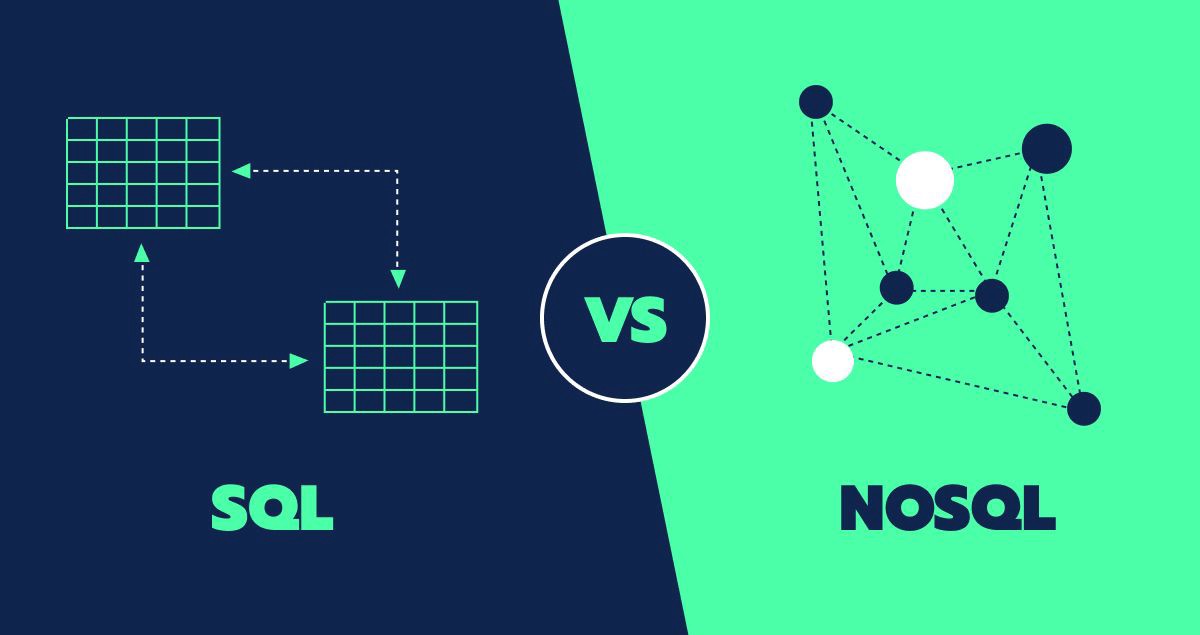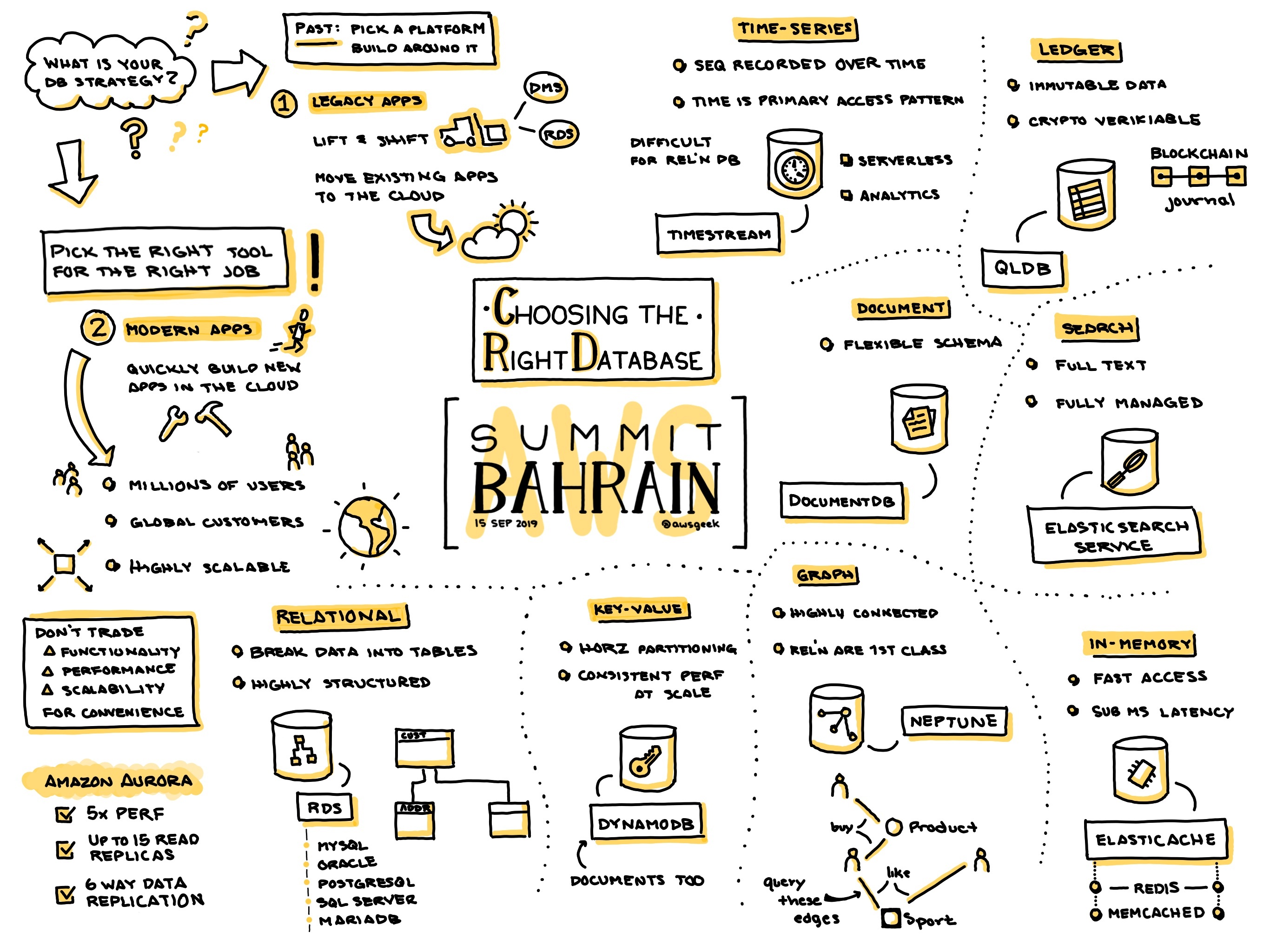System Design: Choosing the Correct Database for Your Application
Selecting right data is hard but managing them is hardest!
The database is the most essential part of many applications for storing and managing the vital information that keeps things running. But with a vast array of database options available, selecting the right one can be daunting. In this blog post, I will guide you through the key factors to consider when choosing the perfect database for your application.
Understanding Your Data
The first step is to gain a deep understanding of your data. Here are some key questions to ask:
Structure: How structured is your data? Relational databases thrive on well-defined schemas with fixed data types for each column. This makes them perfect for storing data that naturally fit into tables with rows and columns, like user profiles in an e-commerce app or product catalogs. However, if your data is constantly evolving or includes a mix of data types, a NoSQL database might be a better fit. For instance, blog posts or social media feeds often contain text, images, and videos, making them a good fit for document stores that can handle this variety within a single record.
Volume: How much data do you anticipate storing? Consider the initial data size and the expected data size over time. Relational databases can handle large datasets, but NoSQL databases often excel at scaling horizontally by distributing data across multiple servers. This becomes crucial when dealing with massive volumes of data, like user activity logs or sensor readings from the Internet of Things (IoT).
Variety: Will your data consist of various data types? Text, numbers, images, videos, and even vector data can be stored in databases. Relational databases typically expect a predefined schema for each data type, while NoSQL databases offer more flexibility. Document collections can store multiple data types within a single document, making them a good choice for data that doesn't conform to a rigid structure.
Velocity: How often will your data be accessed and updated? Do you need real-time updates or is batch processing sufficient? This impacts the performance requirements of your database. Relational databases excel at complex queries that retrieve data from multiple tables, but NoSQL databases can sometimes outperform them in high-write or high-read scenarios. In-memory databases, store data in RAM for lightning-fast access for situations including real-time data processing and also provide faster access to object cache.
SQL vs. NoSQL

Traditionally, we've relied on Relational Databases (SQL) that store data in tables with rows and columns. SQL excels at complex queries involving relationships between different data points. However, NoSQL databases offer an alternative for specific use cases:
| Feature | SQL Database | NoSQL Databases |
| Structure | Rigid Schema | Schema Less |
| Data Models | Tables with rows and columns | Flexible data models (documents, key-value pairs, graphs) |
| Scalability | Vertical Scaling (Upgrading Hardware) | Horizontal Scaling (Adding More Servers) |
| Consistency | ACID Compliances (guarantees data integrity) | Eventually Consistent (Data consistency may lag across the servers) |
| Query Complexity | Excellent for complex queries with joins | Simpler queries, may require multiple queries for complex data retrieval |
| Examples | MySQL, PostgreSQL, SQL Server | MongoDB, Cassandra, Couchbase, Redis |
Choosing Between SQL and NoSQL
The choice between SQL and NoSQL often boils down to the nature of your data and application requirements. Here's a simplified guideline:
Use SQL if:
Your data has a well-defined structure and requires complex queries involving relationships between tables.
ACID compliance is essential for your application's data integrity.
Use NoSQL if:
Your data is unstructured or semi-structured and may evolve.
You anticipate massive data volumes and require horizontal scalability.
High performance in writing or reading is a priority.
The choice between SQL and NoSQL depends on the specific use case and requirements of the project. If you need to store and query structured data with complex relationships, an SQL database is likely a better choice. If you need to store and query large amounts of unstructured data with high scalability and performance, a NoSQL database may be a better choice.
Read More: https://www.ibm.com/cloud/blog/sql-vs-nosql
Adding In-Memory Databases to the Mix
In-memory databases offer a unique option for applications requiring lightning-fast data access and minimal latency. They store data entirely in RAM, bypassing the slower access times of traditional disk-based storage. This translates to sub-millisecond response times, making them ideal for scenarios where real-time data processing is critical.
Here are some key considerations when in-memory databases might be the right choice:
Real-time Analytics: If your application needs to analyze data and generate insights instantaneously, in-memory databases excel at processing massive datasets in real time. This is valuable for fraud detection systems, stock price trackers, or any application where immediate data analysis is crucial.
High-Performance Caching: In-memory databases can act as a high-performance cache, storing frequently accessed data from a traditional database. This reduces the load on the primary database and significantly improves response times for frequently used information. For instance, an e-commerce application can cache product information in an in-memory database to deliver lightning-fast product page loads.
Fast Session Management: In-memory databases are well-suited for managing user sessions in web applications. By storing session data in RAM, user logins and preferences can be retrieved and updated instantaneously, enhancing the user experience.
Remember: In-memory databases come with limitations:
Data Persistence: Since data resides solely in RAM, it's volatile and lost upon server restarts. In-memory databases are often paired with a persistent database for data backup and recovery.
Data Size: RAM is typically more expensive than disk storage, so in-memory databases are best suited for smaller datasets that require ultra-fast access.
Incorporating In-Memory Options
Memcached: A popular open-source in-memory key-value store ideal for caching frequently accessed data.
Redis: Another open-source option offering data structures beyond key-value pairs, making it suitable for more complex caching scenarios.
Choosing the Right Tool
Once you understand your data, you can evaluate the different database options. Here's a simplified breakdown for databases:
Choose a Relational Database like MySQL or PostgreSQL for structured data with complex queries and ACID compliance.
Consider NoSQL options like Document stores (MongoDB), Key-value stores (Redis), or Column stores (Cassandra) for large volumes of unstructured or semi-structured data with high scalability needs.
Explore In-memory databases like Memcached or Redis, often used in conjunction with a persistent database for high-performance applications requiring real-time data access and sub-millisecond response times
Remember, the best database isn't always the most complex.
Additional Considerations
Beyond the core functionalities, consider these factors:
Security: Ensure the database offers robust security measures to protect your sensitive data.
Performance: Evaluate the database's performance benchmarks to ensure it meets your application's speed requirements.
Ease of Use: Consider the development and maintenance complexity of the database solution.
Cost: Factor in licensing fees, cloud storage costs, and the required development resources.
Choosing the right database is a crucial step in system design. By carefully analyzing your data needs and considering the various database options, you can ensure a secure, scalable, and performant foundation for your application.
This blog post provides a starting point. Feel free to expand on each section with specific examples and explore popular database solutions within each category.
I hope you guys liked the blog, do follow me on Hashnode or sign up for the newsletter to receive updates every week. Don't forget to share it with your friends.

